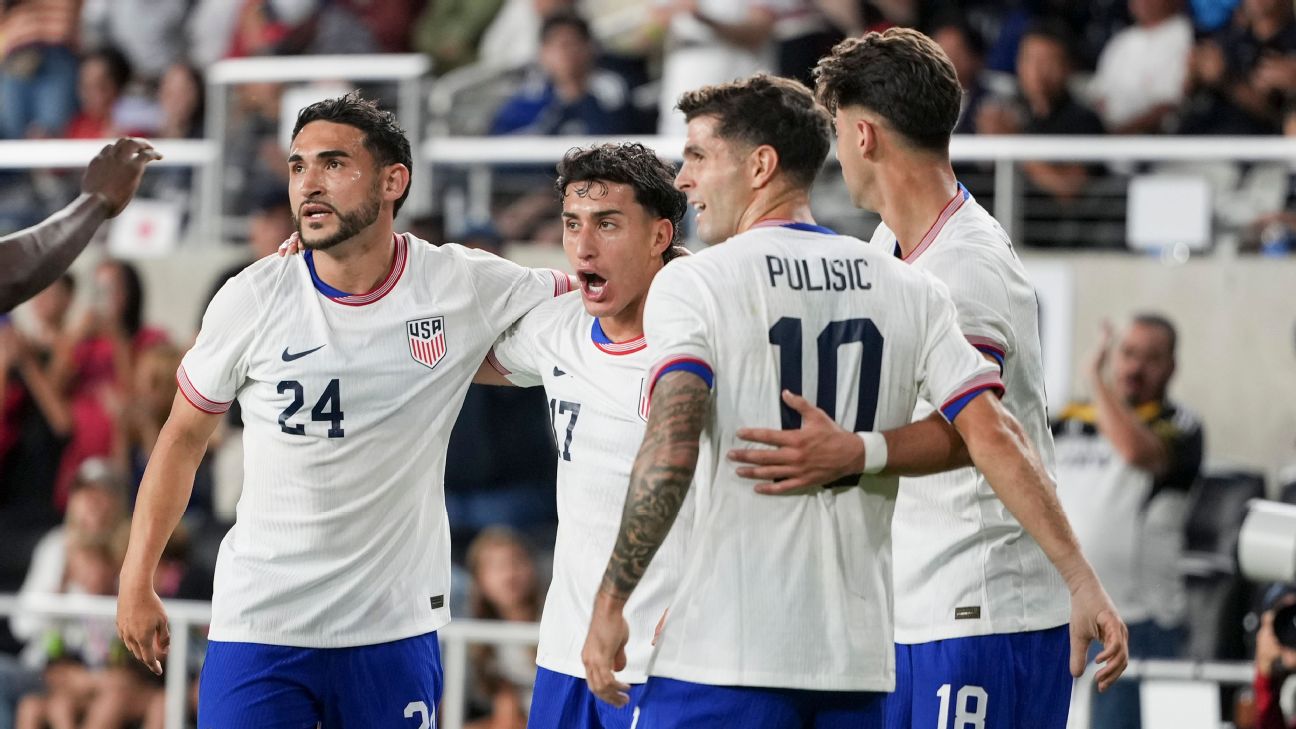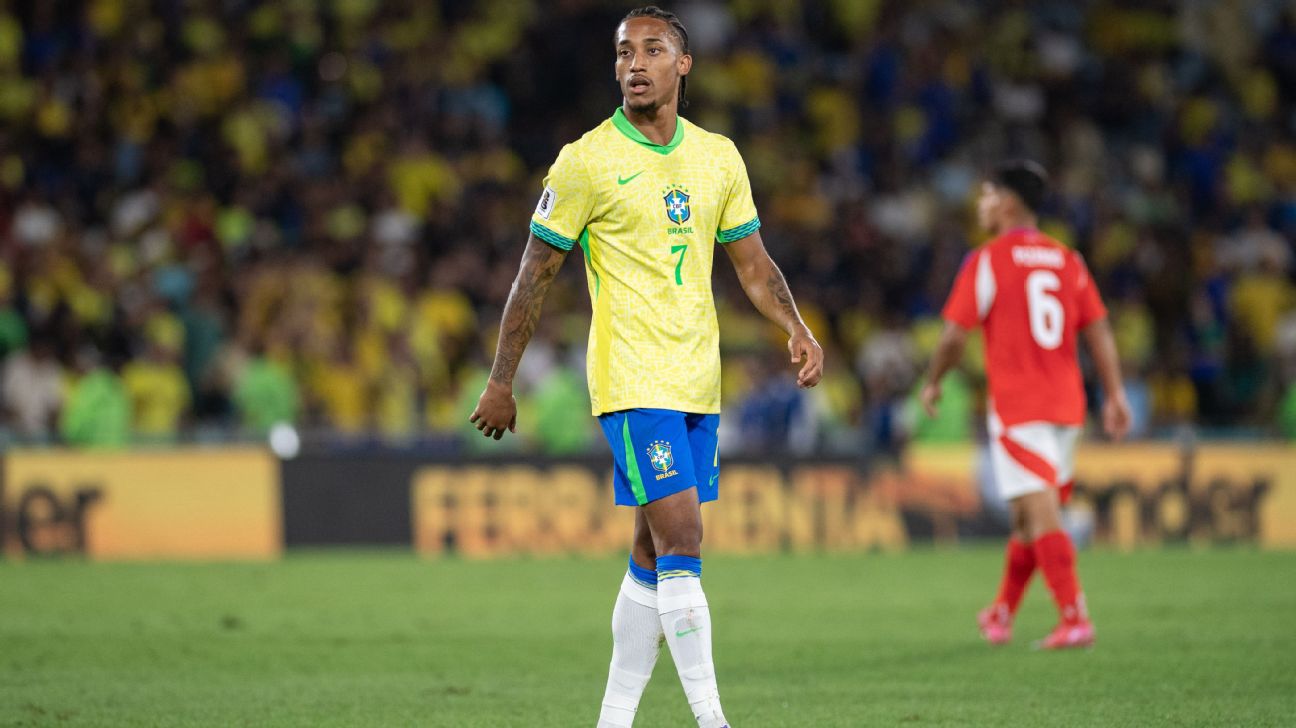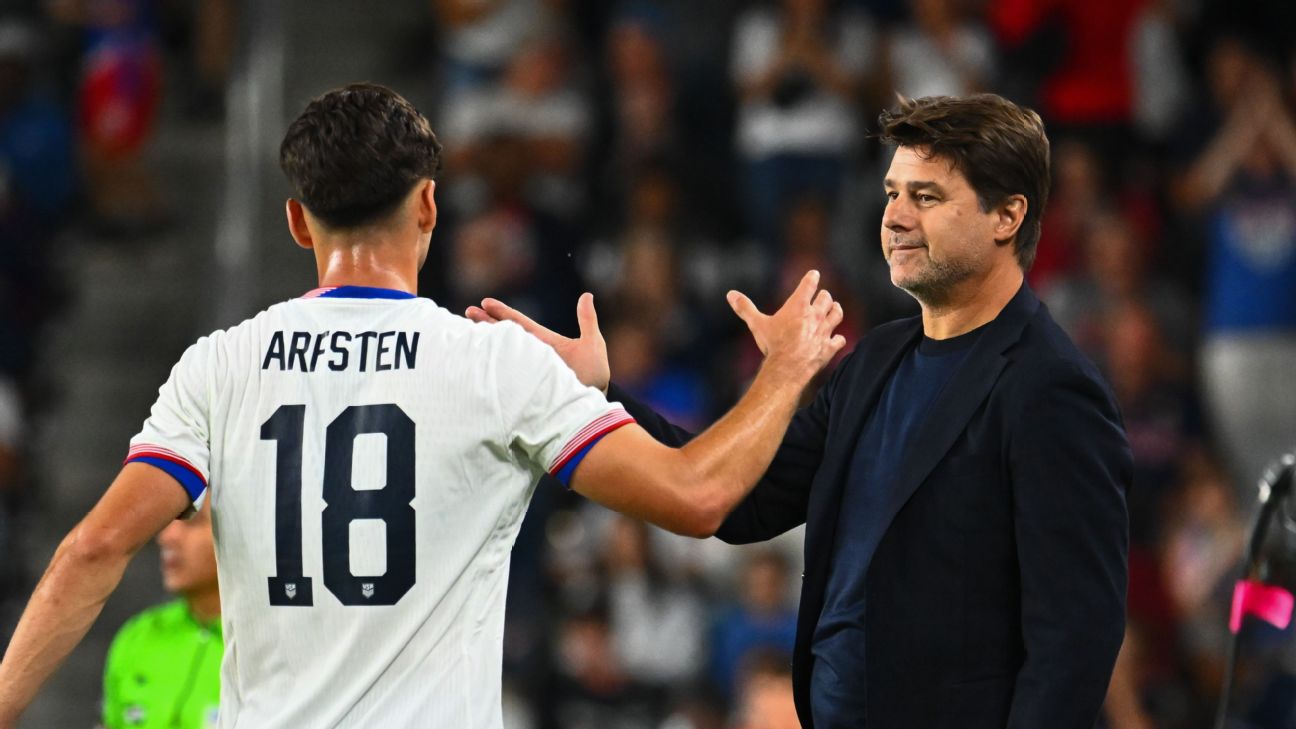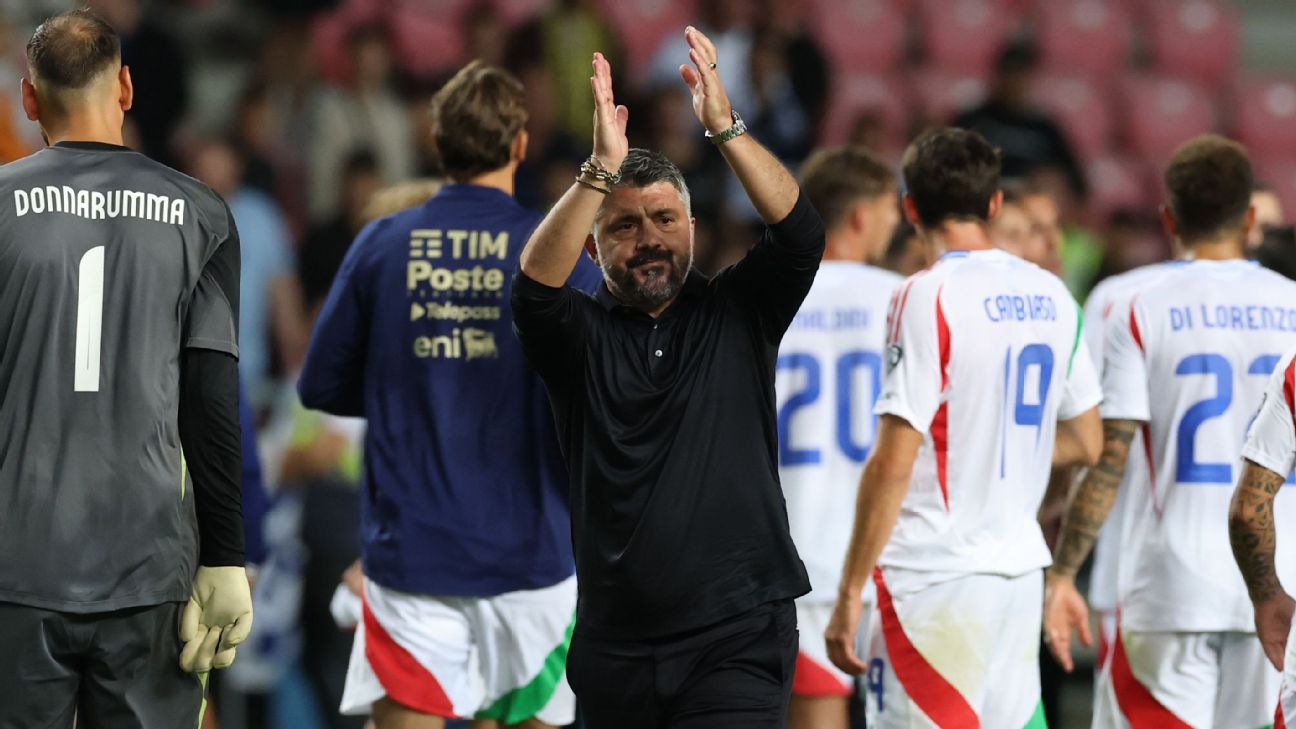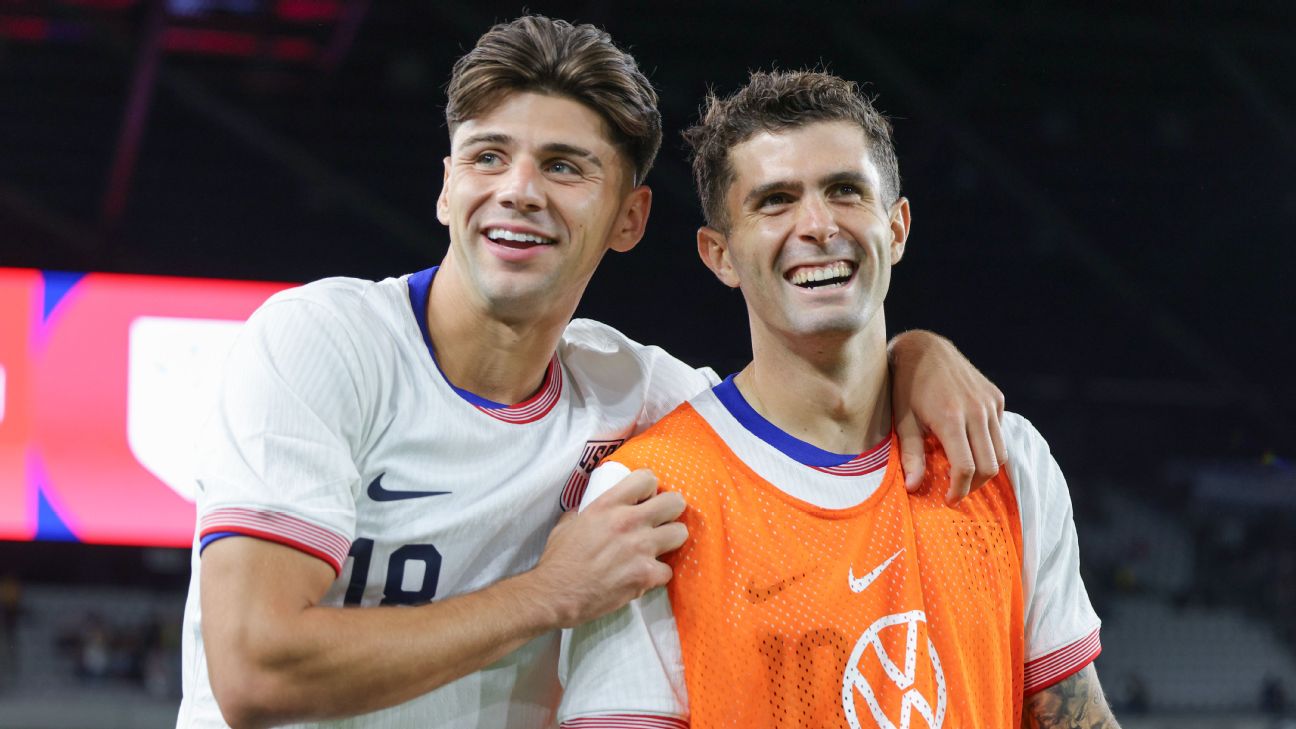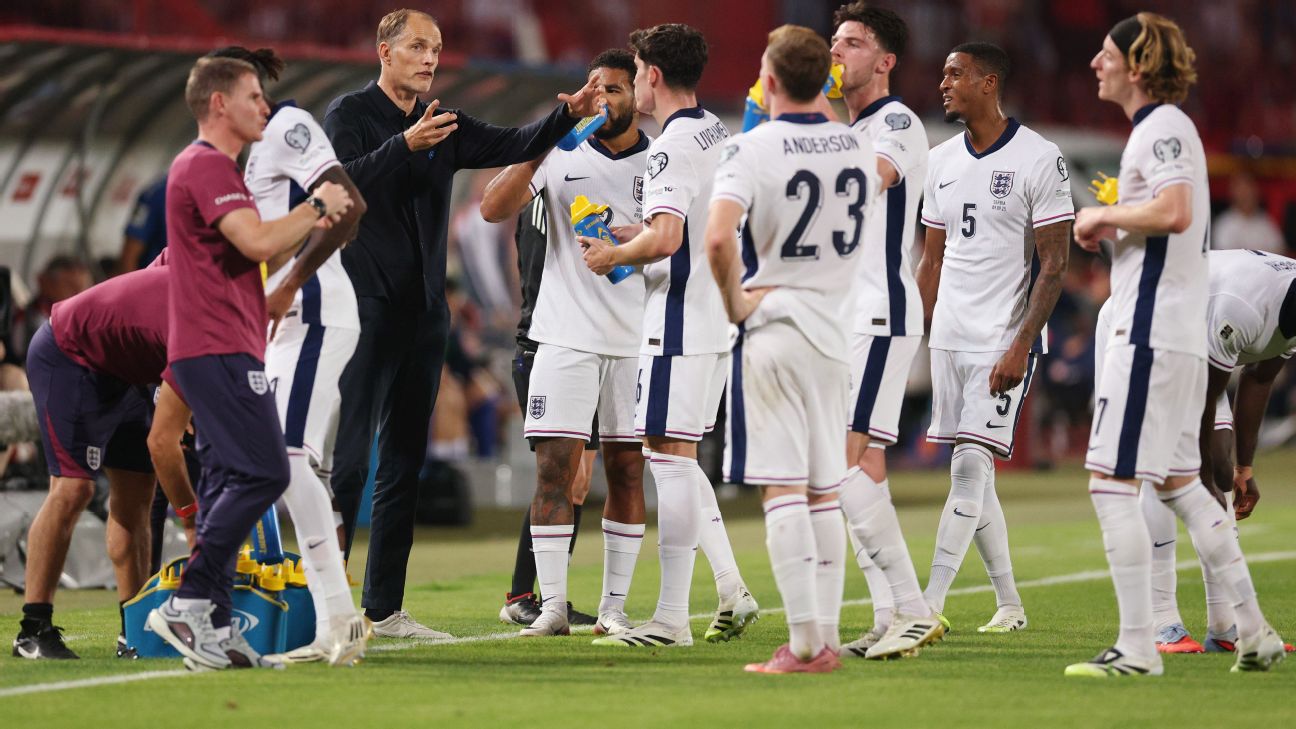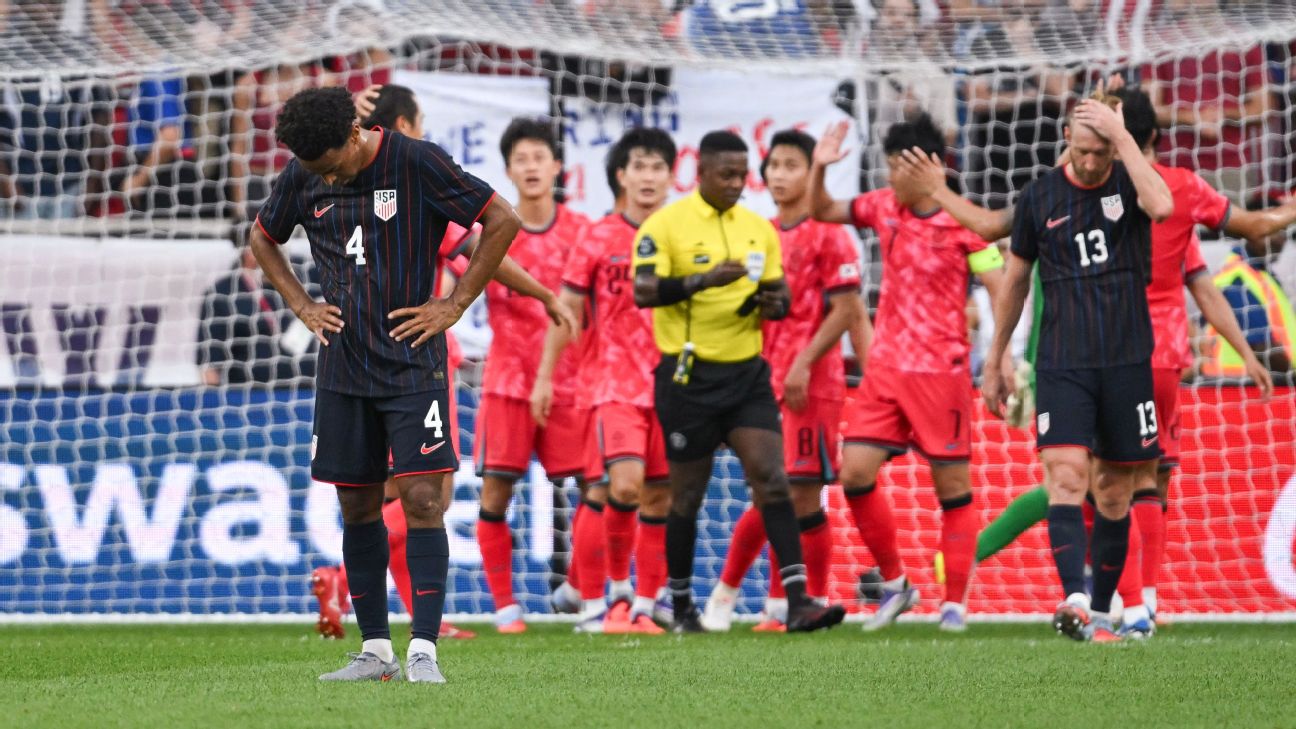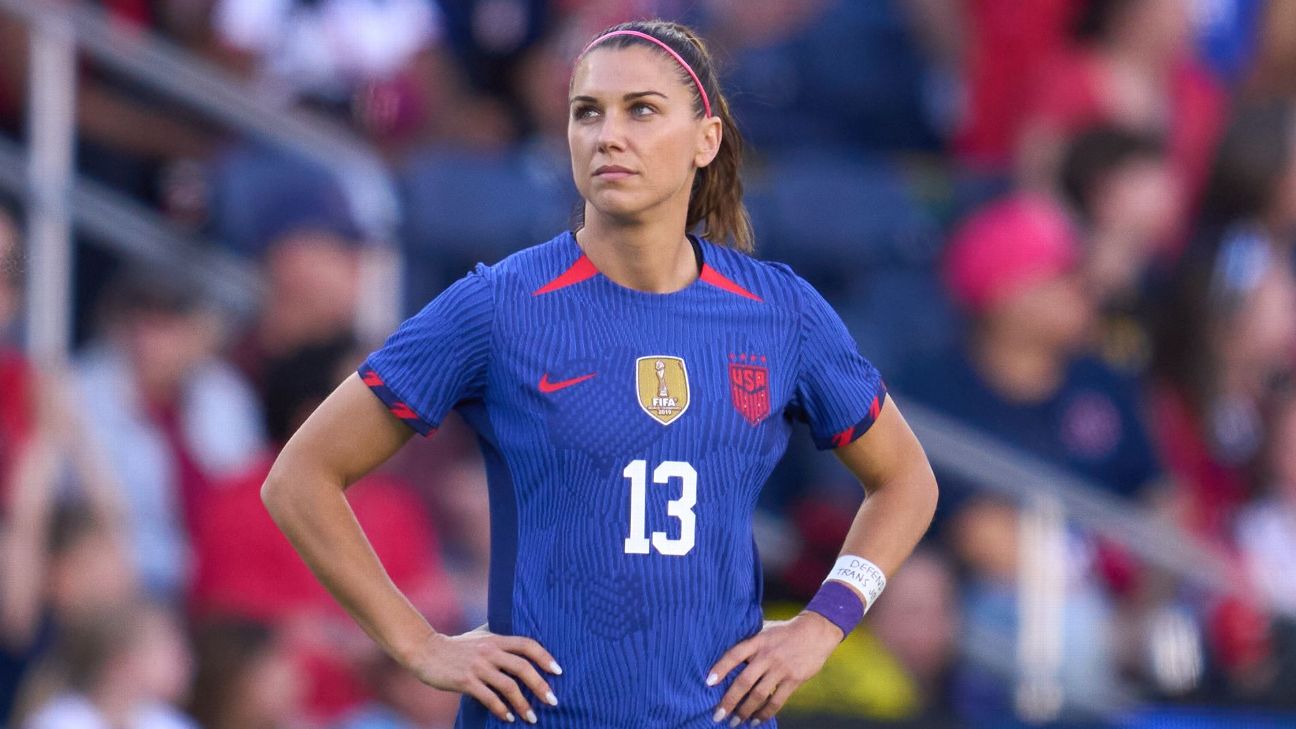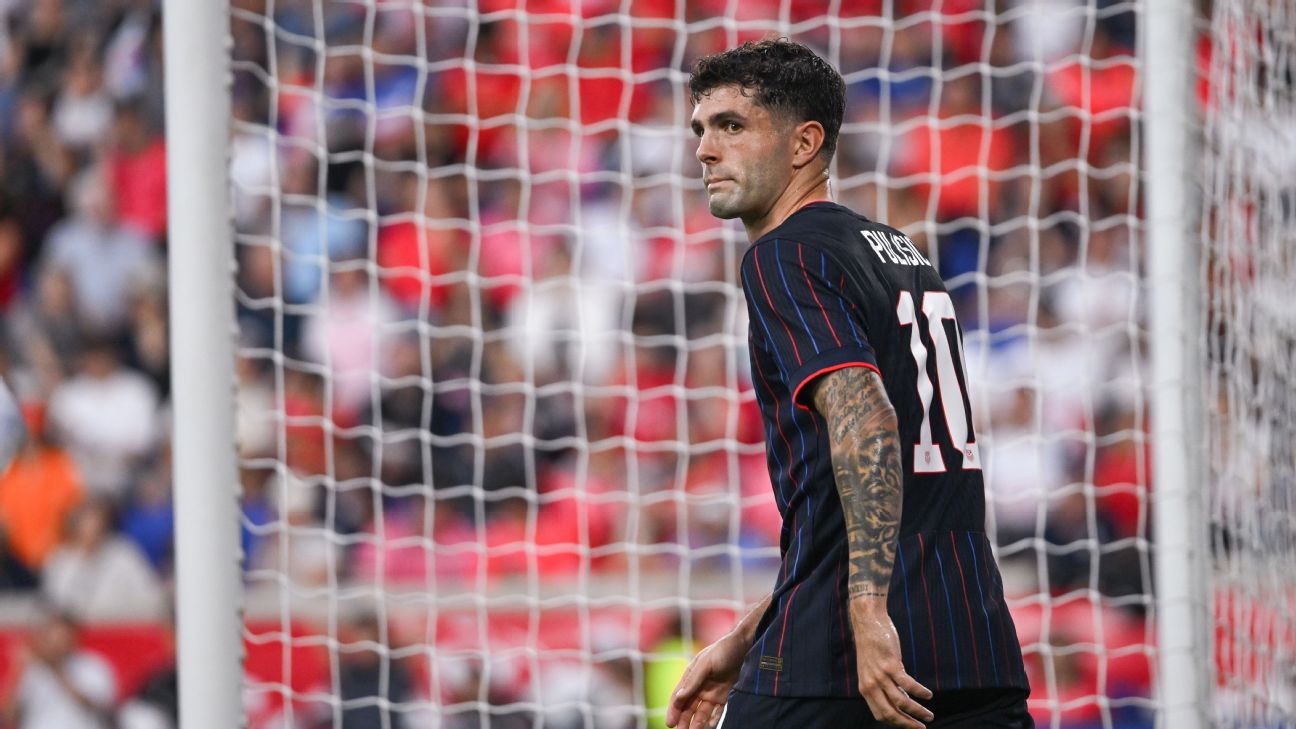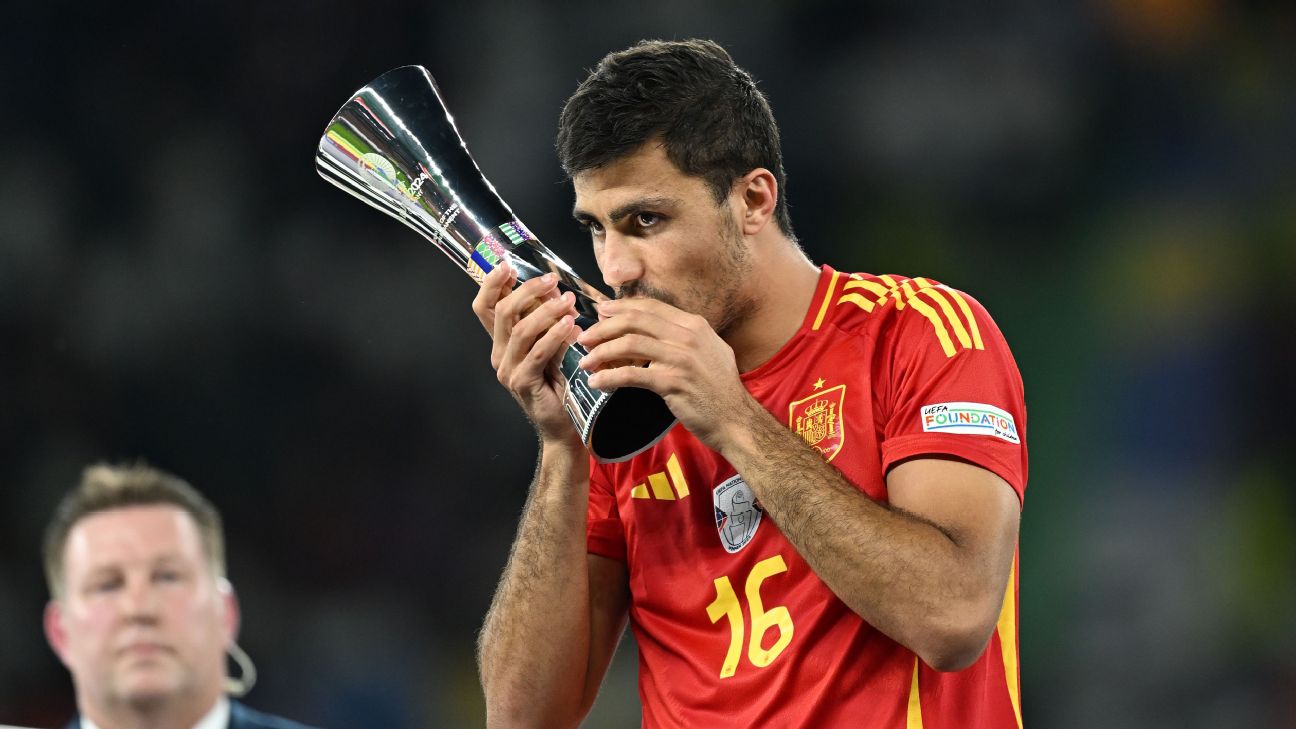The Evolution of USMNT: Challenges and Opportunities in Modern Soccer
Exploring the complexities and growing pains of the USMNT as it transitions into a global soccer powerhouse.
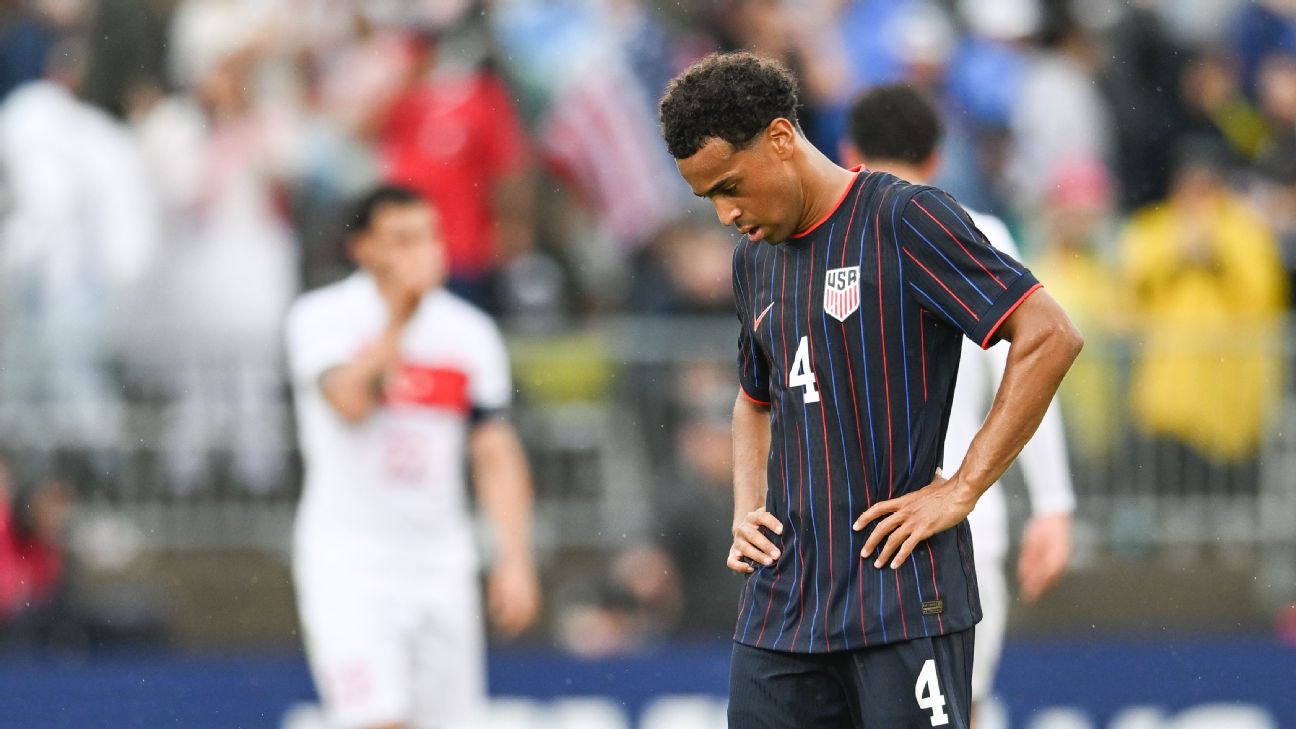
The Current State of USMNT
The U.S. Men's National Team (USMNT) is at a crossroads. With two initial wins in the Concacaf Gold Cup, the team still faces significant challenges. Key players like Christian Pulisic, Antonee Robinson, and Yunus Musah have opted out of the tournament, while others such as Gio Reyna, Weston McKennie, and Timothy Weah are unavailable due to the Club World Cup. Additionally, injuries have sidelined promising talents like Folarin Balogun and Sergiño Dest.
The Impact of Missing Stars
This Gold Cup was supposed to be a crucial testing ground for the USMNT ahead of the 2026 World Cup. However, the absence of most of the expected starting lineup has turned it into an opportunity for fringe players to prove their worth. Unfortunately, recent friendlies against Switzerland and Turkey, resulting in a combined 6-1 loss, have highlighted deeper issues within the team.
Internal Conflicts and Public Disputes
The team's internal dynamics have also come under scrutiny. Former USMNT star Landon Donovan criticized Pulisic's commitment, leading to a public exchange involving Pulisic's father and the team's coach, Mauricio Pochettino. These conflicts have further complicated the team's preparation and cohesion.
The Broader Context of American Soccer
The struggles of the USMNT are symptomatic of the growing pains as the United States becomes a more prominent soccer nation. With more American players excelling in top European leagues, the national team's significance has diminished. Players like Pulisic, who have heavy club commitments, are increasingly prioritizing their club careers over national team duties.
The Paradox of Success
As American soccer players achieve greater success abroad, their commitment to the national team wanes. This trend is not unique to the USMNT but is a common issue among top national teams worldwide. The increasing demands of club soccer, coupled with the physical and mental toll of international travel, have made national team participation less appealing.
Looking Ahead to the 2026 World Cup
Despite these challenges, the 2026 World Cup offers a chance for redemption. The tournament's significance may reignite the players' commitment to the national team. Historically, the level of dysfunction in the lead-up to the World Cup has little correlation with performance during the tournament. The USMNT, like many other national teams, has the potential to rise above its current struggles and make a significant impact on the global stage.
Conclusion
The USMNT's current predicament is a reflection of its evolution into a soccer nation. While the challenges are significant, they are not insurmountable. With the right strategies and a renewed focus, the USMNT can navigate these growing pains and emerge stronger for the 2026 World Cup.












